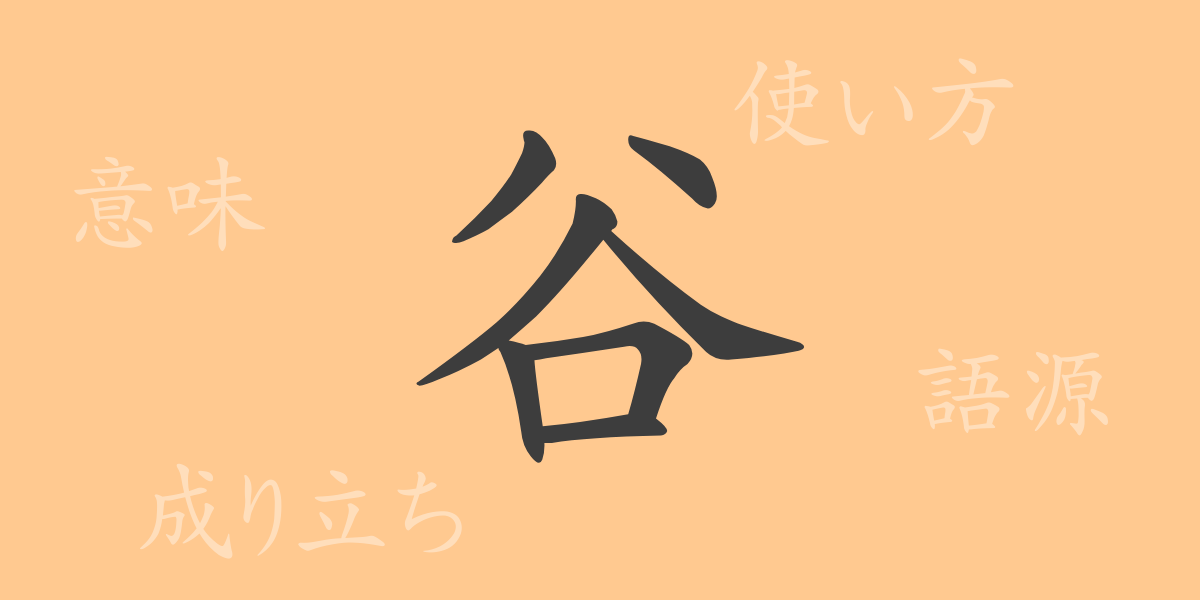The culture and language of Japan are known for their depth and complexity. Each kanji character carries its own history, with meanings embedded in its form and sound. The commonly used kanji “谷(たに)” is no exception. In this article, we will explore the origins of “谷(たに),” its modern usage, and delve into idiomatic expressions and proverbs that include this character. For our readers, this single character will open a door to new knowledge.
Origins of 谷(たに)
The kanji “谷(たに)” is an ancient character representing natural landforms. Tracing its origins, it was used in ancient China to denote low-lying areas between mountains. As a pictograph, it depicts lowlands flanked by mountains on both sides. Over time, it evolved into its current form. In Japan, it has a long history of representing nature’s rich landscapes.
Meanings and Uses of 谷(たに)
The kanji “谷(たに)” refers to lowlands between mountains or narrow river valleys. Metaphorically, it can also denote a period of decline or a drop in prices. It is used in various contexts, such as in “山谷(さんや)” (mountain valley) or “谷間(たにま)” (gap between mountains), indicating natural landforms. In economic contexts, phrases like “価格が谷をつくる” (prices hit a low) are also common.
Readings, Stroke Count, and Radical of 谷(たに)
The kanji “谷(たに)” exemplifies the richness of the Japanese language through its readings and structure.
- Readings: The on’yomi (音読み) is “コク,” and the kun’yomi (訓読み) is “たに.”
- Stroke count: “谷(たに)” consists of 7 strokes.
- Radical: The radical for this kanji is “谷部(たにぶ).”
Idioms, Phrases, and Proverbs Using 谷(たに)
The kanji “谷(たに)” appears in numerous idioms, phrases, and proverbs. For instance, “谷川の流れ(たにがわのながれ)” symbolizes the natural flow of events, while “谷間の花(たにまのはな)” metaphorically represents something valuable yet unnoticeable. Additionally, the expression “谷を出る(たにをでる)” means to emerge from a difficult situation.
Conclusion on 谷(たに)
The meanings embedded in a single kanji character can vary greatly depending on the context in which it is used. The character “谷(たに)” explored here ranges from representing a basic natural landform to indicating economic or psychological states metaphorically. Understanding the background of such commonly used kanji enriches our appreciation for the expressive richness of the Japanese language.

























